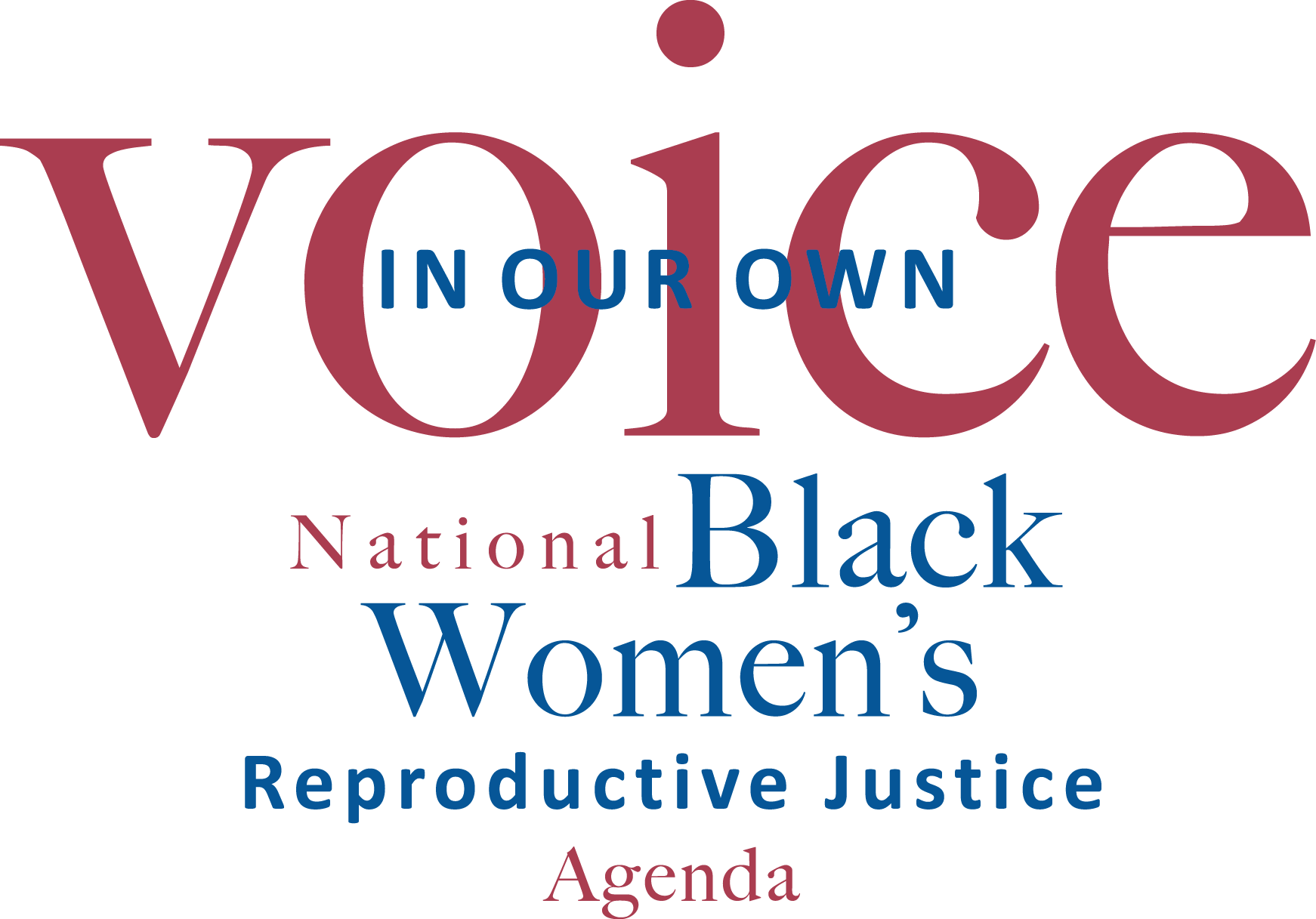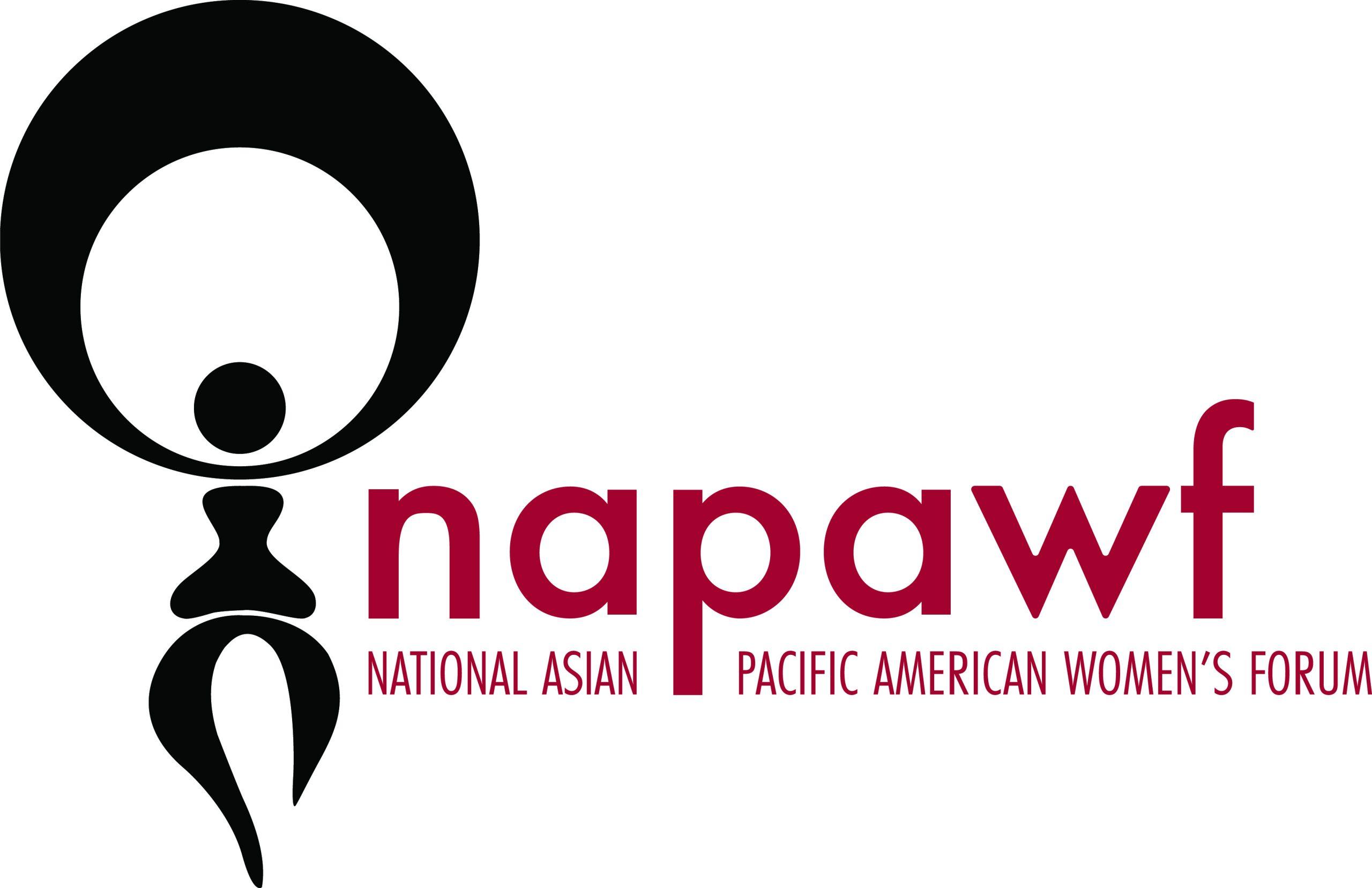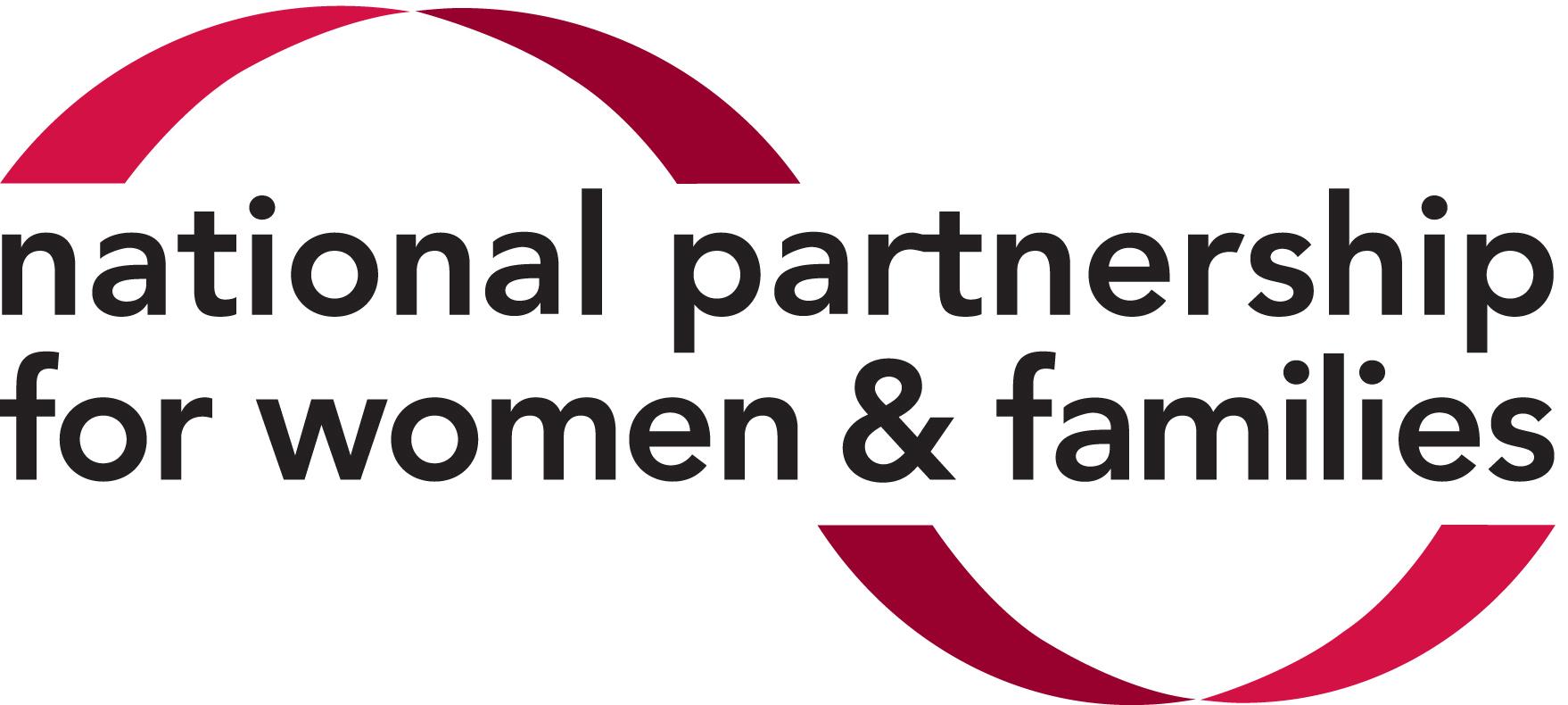Statement of Jocelyn Frye, President of the National Partnership for Women & Families WASHINGTON, D.C. – June 28, 2024 – Today, the Supreme Court upended sound, longstanding, legal precedent that has provided protections for everyday people for decades...
Download
Over half a million Asian American people and 7,000 Native Hawaiian and Pacific Islander people live in the San Gabriel Valley. This 200 square mile area of Southern California is also home to rampant pollution. As a result of high pollution, drinking water contamination is common in areas including Alhambra, Arcadia, Monterey Park, Temple City and West Covina. All of these cities are comprised of at least 26 percent Asian Americans and Pacific Islander people (AAPI), with AAPI communities making up 68 percent of Monterey Park’s population, 61 percent of Arcadia’s population and 63 percent of Temple City’s population. The clear overlap between pollution, including contaminated drinking water, and the region’s most concentrated AAPI populations is not without consequences. Asian American people are more likely to die of cancer than any other racial group in the San Gabriel Valley, and one in five Asian American people in the region do not have a regular source of health care. Moreover, more than 67 percent of Asian American people in the region are immigrants, and there could be up to 58,000 undocumented Asian immigrants spread across San Gabriel Valley. This means that for many AAPI communities, existing health disparities arising from water contamination could be exacerbated because of inaccessible health care as well as linguistic and cultural barriers to care that exist within current health care systems. For example, about one in five Asian American households are linguistically isolated, and a study found that among all racial groups, AAPI communities are the most likely to feel looked down upon by their providers and least likely to perceive their background was understood by their providers.
In 2017, five companies accepted responsibility for polluting groundwater in San Gabriel Valley and agreed to finance the water cleanup for the region, saving residents from extreme hikes in their water costs. While the agreement is a promising step toward rectifying the environmental problems in the region that disproportionately harm AAPI communities, it fails to remedy the socioeconomic and health damage that has already been done. This damage is not limited to high cancer and low health care coverage rates among Asian American people in the region; residents of San Gabriel Valley are regularly exposed to high levels of pollution in both the air and water, which leads to respiratory diseases, cardiovascular diseases and increased risk for poor birth outcomes among pregnant women. In Alhambra alone, a city whose population is more than 50 percent AAPI, groundwater contamination levels are as much as 1,000 times the maximum contaminant level allowed by state and federal law. Both high doses of this water and small doses over a long period of time are linked to liver and kidney damage, compromised immune systems, fetal development problems, blue-baby syndrome and cancer.
These health problems mean that AAPI communities in the region lack the autonomy needed to make their own reproductive decisions. Because of adverse health outcomes for both infants and mothers, the contaminated drinking water in San Gabriel Valley makes it so that AAPI people are not able to choose if, when, and how to raise a family, free from coercion and discrimination. San Gabriel Valley residents hoping to start families are faced with mounting health risks, while those already raising families must also pay high costs — both financial and health-related — in attempting to keep themselves and their children safe from the region’s high pollution rates that disproportionately affect AAPI communities.
To access this report’s endnotes, please see the full report PDF.





